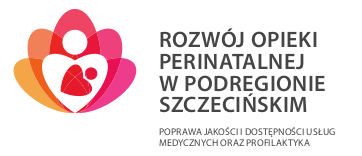FIRST AID TO THE NEWBORN AND INFANT
What might happen in life is unpredictable. There are situations when cold blood and composure are necessary to save someone’s health or even life. The situation becomes still more difficult and delicate when it comes to someone’s own child. It needs remembering that to do nothing is much more dangerous than to take some action. CPR or artificial respiration rarely causes harm to the child, even when their undertaking was not necessary. First, check whether your child is breathing, watching the movements of the chest and putting your cheek on the baby’s mouth, try to feel the breath. Check whether there is a foreign body in the mouth, slightly tilting the lower jaw downwards and assessing the oral cavity. Evaluate the consciousness of the child – touch the eyelashes and see if it squints, tickle its skin and watch its reactions. Try to hear the baby’s breath. Check if the muscle tension is normal, or whether the child has gone “limp”: which can indicate unconsciousness. Also, pale or bluish skin may indicate inefficient respiratory or bloodstream systems. Remember to assess also the situation in terms of a threat both to you and your baby. Choose somebody to call an ambulance and begin CPR, or other action to restore breathing and heart operation. We start the rescue with five breaths, which should be strong enough to put the child’s chest into a visible movement. Applying the “mouth to mouth” method, embrace the baby’s mouth and nose with your mouth and blow the air in with strength. Then press its chest. Slightly below the line connecting the two nipples of the child on the bridge, there is the spot which needs to be pressed with two straightened fingers directed downwards. This sequence should be repeated in combination: 2 breaths and 30 pressing movements (if anyone is helping – use a combination of 2/15). Press frequently, about 100 times per minute, as in the normal conditions infant’s heart beats about 120 times per minute. Try to go on carrying out this action until the ambulance arrives. Another dangerous event is choking, which happens quite often, especially when playing with small toys and in case of too fast and greedy food consuming. Remember that young children do not have the skills to cough up, yet. The most important question is to stay calm when the child’s aspiration or choking has occurred. You should try to remove the foreign body from the child’s mouth, if it is visible. To position the baby on the forearm, face down and to pat it on its back between the shoulders with energy will certainly help.
If the child loses consciousness – flip it face up and press the bridge five times with two fingers. Then again, pat the child between the shoulder blades – repeat the operation until it succeeds. The loss of consciousness in a child or its going blue is the signal that you should immediately call an ambulance.




